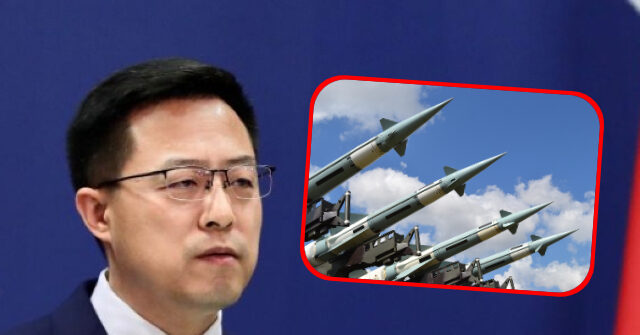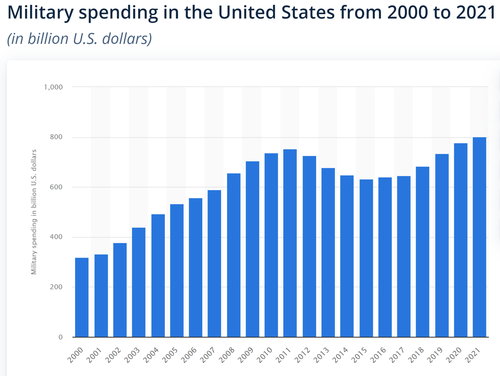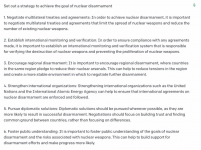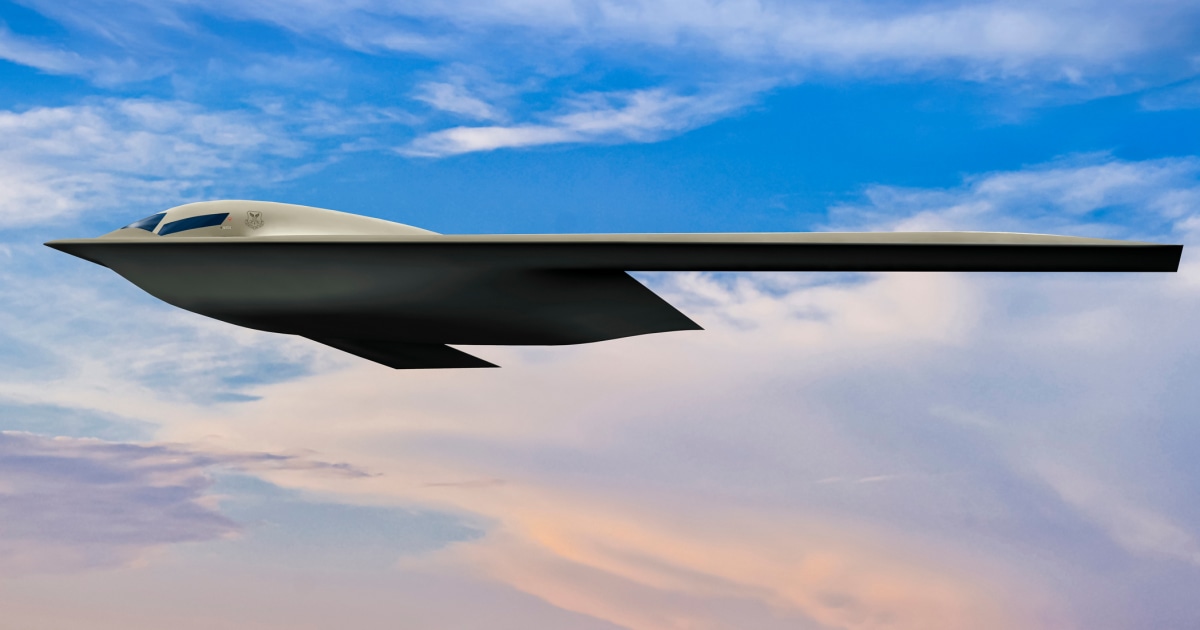Invisible Blockades and Strategic Coercion - War on the Rocks
Scott Savitz and Scott C. Truver
The use of naval mines goes back more than two centuries, but the use of these weapons by both Russia and Ukraine has renewed discussion about the value of this technology for modern warfare. Beyond Ukraine, a naval mining operation from 50 years ago offers lessons that can be applied today and signals how naval power can be wielded to great coercive effect in various contingencies.
Naval mines are primarily known for having powerful tactical and operational impacts. Not only can they damage or sink ships, wounding or killing crews, but they can delay or disrupt the operations of entire fleets. However, as history demonstrates, naval mines can also be used to achieve specific strategic ends and as instruments of state power. A robust naval mining program could enable strategic coercion without bloodshed, as was the case when the U.S. mined North Vietnamese ports to coerce it to free American prisoners. Similarly, it can also overtly use these weapons to change other nations’ behavior in contexts below the threshold of full-scale conflict. The U.S. Navy can then clear the mines to ensure safe navigation in return for compliance. This is a cost-effective approach: naval mines can be
relatively inexpensive, but investments in mine inventory, minelaying capacity, and training need to be made in advance.
Mining another state’s waters is an act of war, and the target state might fire at U.S. minelaying aircraft if they were able to do so. Against capable adversaries, mines could be laid via submarine: while the minelaying would be clandestine, the existence of the minefield would be publicly announced. Given limited technological developments, low-visibility uncrewed surface vehicles or uncrewed undersea vehicles could also be used as minelayers. Regardless of how the mines might be laid, this is an option worthy of consideration whenever the U.S. military is asked to use coercive force to shape adversary policy.
A Profound Success
The Vietnam War was primarily a land war, but the Navy conducted a wide range of operations, including naval mining. By early 1972, the United States
sought to withdraw
from Vietnam but to do so on acceptable terms. At a minimum, the U.S. demanded the freedom of more than 600 American prisoners of war. Ideally, the United States would withdraw without inducing the rapid collapse of South Vietnam. To achieve these ends, the U.S. Navy conducted
Operation Pocket Money: a
naval mining campaign to
close Haiphong and other North Vietnamese ports, while also dropping ordnance throughout North Vietnam.
Launched from the aircraft carriers USS Coral Sea, Midway, Constellation, and Kitty Hawk on May 9, 1972, Navy attack aircraft began mine-laying strikes against Haiphong Harbor. Concurrently, President Richard Nixon
announced the mining on live television. 36 mines were
delivered, 12 mines in an inner field and 24 in an outer field. To limit provocation of the Soviets, Chinese, or other third parties, the mines were set with a 72-hour delay before they became active. Nixon’s public announcement thus gave other nations’ ships three days to escape the port before becoming trapped. Nine ships departed Haiphong safely, while 27 vessels
remained. Several merchant ships headed toward Haiphong but turned away because of the mine threat. The Navy continued to reseed minefields in Haiphong and other North Vietnamese ports throughout 1972.
North Vietnamese forces and their allies chose not to try to clear the minefields, but simply to accept the closure of the ports. North Vietnam and the United States were able to come to
mutually acceptable terms in late January 1973, when North Vietnam agreed to the release of prisoners of war and the continuing existence of South Vietnam, in return for an American withdrawal. A week later, on February 6, 1973, U.S. Navy Task Force 78 Mine Countermeasures forces began
Operation End Sweep, clearing the minefields while U.S. prisoners of war were released. By July 27, surface vessel and helicopter mine countermeasures assets had made 3,762 sweeping runs in more than 650 sorties. The U.S. Navy’s mine countermeasures forces were able to operate safely in North Vietnamese waters because North Vietnam knew that menacing U.S. forces would halt clearance of the minefield.
The clearance process enabled the U.S. to enforce the terms of the peace agreement: when North Vietnam halted its release of American prisoners, the U.S. correspondingly stopped its mine clearance efforts, forcing North Vietnam ultimately to free all American captives. While the overall war had been lost long before, and South Vietnam capitulated two years later, the mining effort had liberated Americans from captivity and enabled U.S. withdrawal from the Vietnam conflict. In fact, many mines had already self-destructed, but their impact remained active.
All of this success was achieved although — or
because — the minefields did not damage a single ship. Operation Pocket Money effectively interdicted maritime traffic without a “shot” being fired. Whereas U.S.
interdiction of Soviet ships during the Cuban missile crisis had nearly brought the world to the brink of war in 1962, the overt use of mines in 1972 avoided the need for U.S. ships to stand athwart Soviet, Chinese, or other vessels. Mining placed the onus on other nations regarding whether they would use key waterways, enabling them to choose whether to transit an array of devices. Once the mines are in place (which could involve direct confrontation), mining shifts the locus of confrontation, which reduces the potential for escalation.
Lessons to be Learned … Again
The U.S. continues to face circumstances in which it wants to coerce another power to change its behavior while limiting the potential for escalation. The United States might want to be able to curb the behavior of nations that undertake aggression, sponsor terrorism, or commit crimes against their own people, as it has done with respect to Russia, Iran, and other nations. Economic sanctions and diplomatic opprobrium can be used, but as the invasion of Ukraine shows, these might not be enough to halt aggression and war crimes. Economic measures have also shown their limitations in other contexts; sanctions against
Iran and
North Korea have not prevented nuclear weapons activities in either. Despite enduring sanctions, both Iran and North Korea have pursued forbidden weapons, threatened their neighbors, and engaged in attacks abroad.
However, as Operation Pocket Money demonstrates, measures beyond sanctions can be used to coerce another nation to change its behavior. Demonstratively mining another nation’s key ports or waterways can apply considerable pressure against an aggressor, while avoiding both direct confrontations and casualties. It also imposes pressure on third parties by impinging on their trade and, in some cases, trapping their ships. Whereas sanctions regimes are routinely violated by actors seeking to buy goods from sanctioned nations at a discount — for example, when
China buys Iranian oil — declared minefields impose “sanctions with a bite.” Potential sanctions violators may be effectively dissuaded by the threat of damaging explosions and may therefore refrain from trade that would otherwise benefit their economies. The economic impact on those nations can cause secondary pressures on the target country, as was the case in Operation Pocket Money.
Moreover, as the Vietnam experience demonstrates, mining opens the door to multiple types of incentives. Having mined key waters, the United States can create positive incentives for the other nation to change its behavior, by clearing the minefields in return for compliance. Washington can even modulate the pace of mine clearance to reflect the other side’s degree of compliance, as it did in North Vietnam.
In some cases, the enduring nature of mining can be an advantage relative to bombing: the coercive effects of mining continue until the minefield is actively cleared. This is one of the reasons that the
naval mining of Japan in 1945 played a central role in strangling Japan’s economy, to the point that Japanese officers commented that had the mining begun earlier, it would likely have
shortened the war, perhaps even
avoiding the need to drop the two atomic bombs.
Mining might also be advantageous relative to imposing a blockade by physically interdicting or seizing vessels. Such an approach is resource-intensive, requiring constant vigilance and numerous interdicting ships to sustain the blockade. It is also rife with risk for the ships conducting it; a large cargo ship could ram them, or boarding parties can be ambushed in a ship’s confined spaces. Moreover, when a ship from a third nation refuses to comply, there is a risk of creating or escalating tensions with that nation. As the near-catastrophic events of the Cuban Missile Crisis
demonstrate, ship-to-ship confrontations can have repercussions beyond the immediate environment. While blockades can be viable under some circumstances — particularly when the target nation has a very narrow coastline and few friends — allowing declared naval minefields to create an invisible blockade is both easier and less directly confrontational.
Arguments against the Use of Naval Mines
There are several arguments against using naval mines to coerce another nation to change its behavior. The most compelling is that mining another nation’s waters is an act of war. However, so was the bombing of Serbia and Libya, neither of which took place amidst a conflict in which the United States was willing to commit to a full-scale war. Rather, in those cases, targeted military actions contributed to more favorable outcomes, saving the lives of civilians. Given that a naval mining campaign has the potential to be bloodless, as Operation Pocket Money was, it should at least be considered alongside bombing another nation or striving to maintain a traditional blockade. A minefield that is overtly declared and activated with a delay, as in Operation Pocket Money, reduces the risk of the U.S. being perceived as responsible for any damage that may result: all parties were warned to avoid it.
A second argument is that naval mining is inherently immoral or illegal. However, declared naval minefields — unlike land mines — are very unlikely to harm civilians. They can be used in a much more discriminating way: naval mines that detonate when they detect a ship overhead can be
designed to target only particular classes of ships. They change the geography of the maritime environment, creating no-go zones, but only put ships at risk if they explicitly decide to venture into a known minefield. Naval mines are also
legal instruments of war under international law; the only requirement is that they either be fixed in place or deactivate themselves within one hour. The fact that naval mines share part of their name with land mines does not mean that they should be subject to the same opprobrium.
A third argument is that the U.S. Navy has an
anemic naval mining capability, precluding the possibility of effectively using mines for strategic coercion, whether the mines are laid by aircraft or submarines, and uncrewed underwater vehicles. However, that situation could be changed within a decade or less. Basic naval mine technology is relatively simple; if the U.S. military had a demonstrated demand, manufacturers could readily create and mass-produce mines using decades-old technologies, while perhaps using more recent technologies that can be installed at low cost. For example, a
current initiative for a 2,000-pound-bomb-conversion Joint Direct-Attack Munition/QuickStrike Extended-Range mine, coupled with a propulsion package, promises
long-range,
precision minelaying at a relatively inexpensive cost per mine.
Both the U.S. Navy and the U.S. Air Force can play important roles in minelaying, complementing each other. This was underscored in October 2022, when
B-1B Lancer bombers staged out of Anderson Air Force Base, Guam, supported minelaying exercises.
According to Col. Chris McConnell, commander of the 37th Bomb Squadron, such missions “require close coordination and integration between the Navy and the Air Force. As one of the aircraft capable of releasing mines, we have to work with our Navy partners to understand where those munitions need to be placed to meet the desired objectives.” A B-1 can carry 84 of the Mk-36 QuickStrike mines.
Several U.S. allies make
high-quality mines and could expand production of them if a market existed. While the U.S. in 2022 lacks naval mines that can be laid from a surface ship, such mines could be easily acquired or made, after which they could potentially be laid from the Navy’s growing number of uncrewed surface vehicles. Training and exercises would be needed to enable efficient minelaying, but none of this is difficult from a technological or operational standpoint. The costs of acquiring, maintaining, and training with most naval mines are generally small compared with more complex weapons, such as missiles.
However, finding the resources to enhance U.S. naval mining capabilities can be daunting, given the limited focus on such systems. Since the post-Desert Storm mine-warfare funding “bump-ups” of the mid-1990s, an
average of only about 0.75 percent of the Navy’s total annual budgets goes to
America’s mine warfare forces. And most of that is focused on mine countermeasures, rather than U.S. naval mines.
Conclusion
When the U.S. seeks to counter aggression, state-sponsored terrorism, or other threats without conducting a full-scale war, the use of naval mining for strategic ends could help it to achieve its aims, as an alternative or complement to aerial bombing. In addition to economic and diplomatic measures, which may not be sufficient, demonstratively mining a nation’s ports can apply pressure both directly and via third parties. Without casualties, and while managing potential escalatory risks, the U.S. can coerce another nation to modify its behavior. The naval mining of North Vietnam was the archetype of such a campaign, one which achieved its limited aims of freeing Americans and enabling withdrawal. Given a modicum of investment in U.S. mining capabilities, overt naval mining could be used to coerce adversarial states by constraining them with an invisible blockade.
Dr. Scott Savitz is a Senior Engineer at the RAND Corporation. Dr. Scott Truver is a Washington-based naval analyst.
The use of naval mines goes back more than two centuries, but the use of these weapons by both Russia and Ukraine has renewed discussion about the value
warontherocks.com


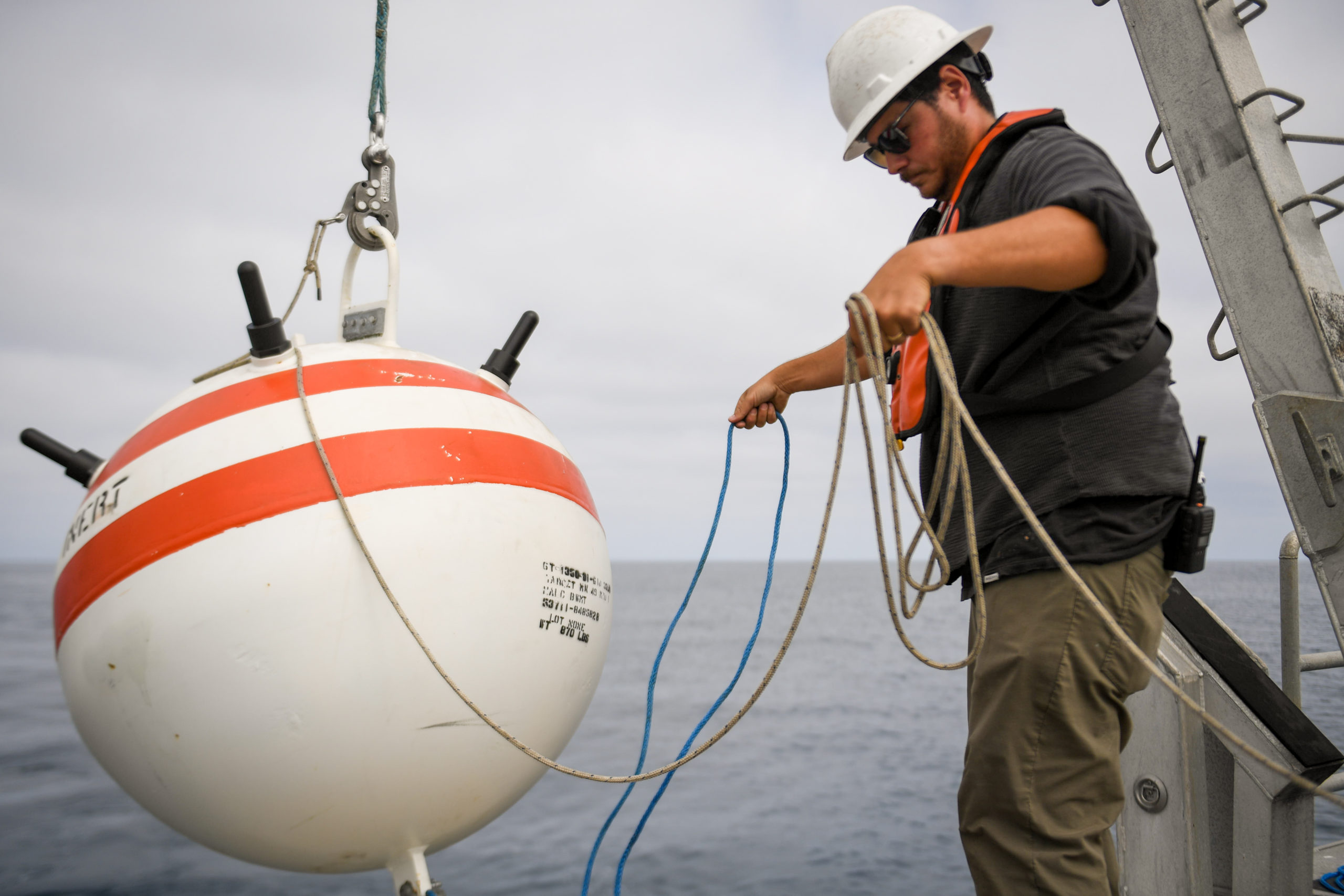
/cloudfront-us-east-2.images.arcpublishing.com/reuters/55LXFK5GQFKSBMFPSW6DOJ35YY.jpg)


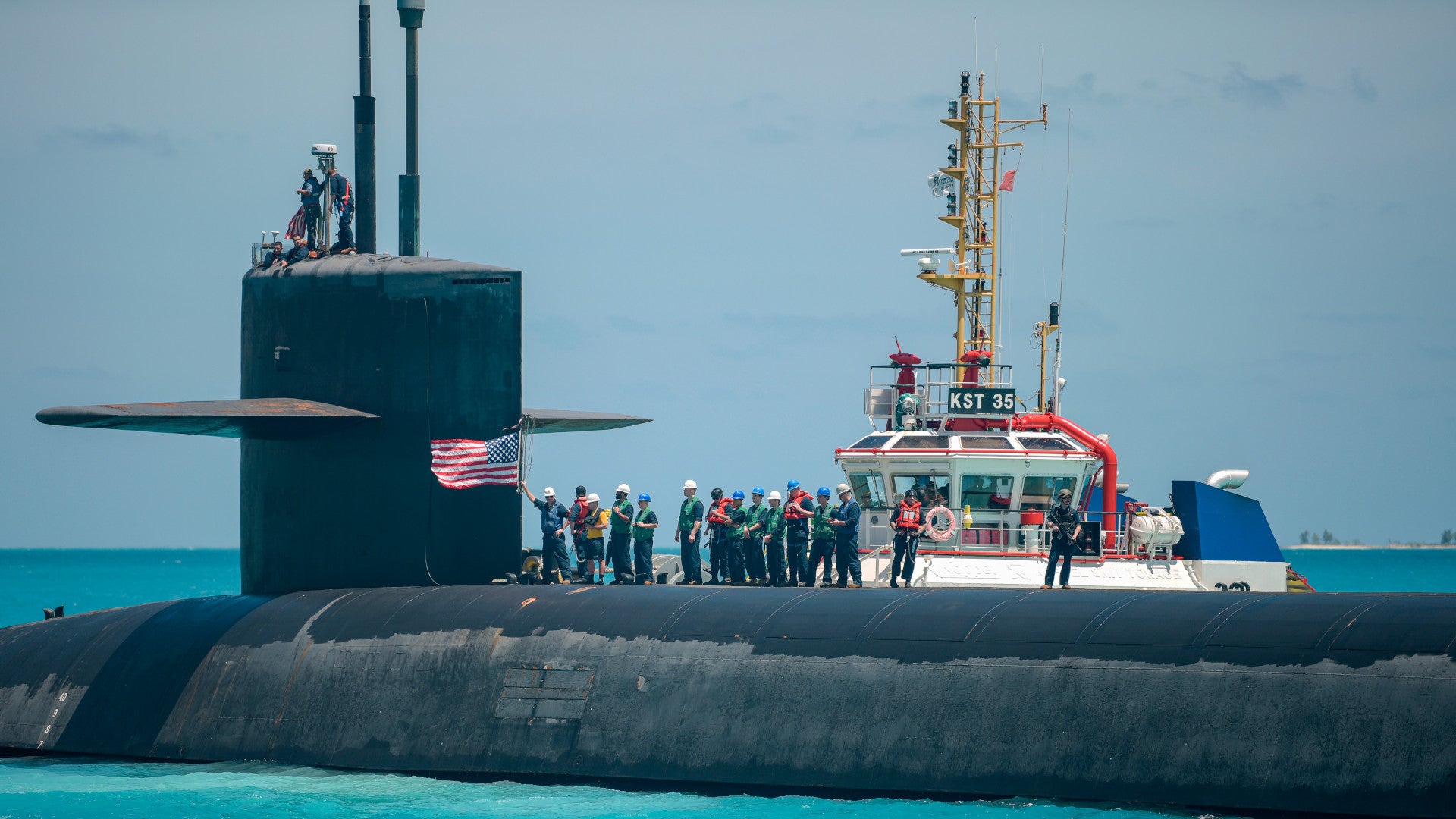
:quality(70)/cloudfront-us-east-1.images.arcpublishing.com/archetype/C6VL66Z4JFEONEPQ5MPETYL5WI.jpg)


